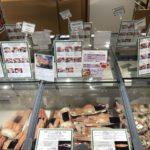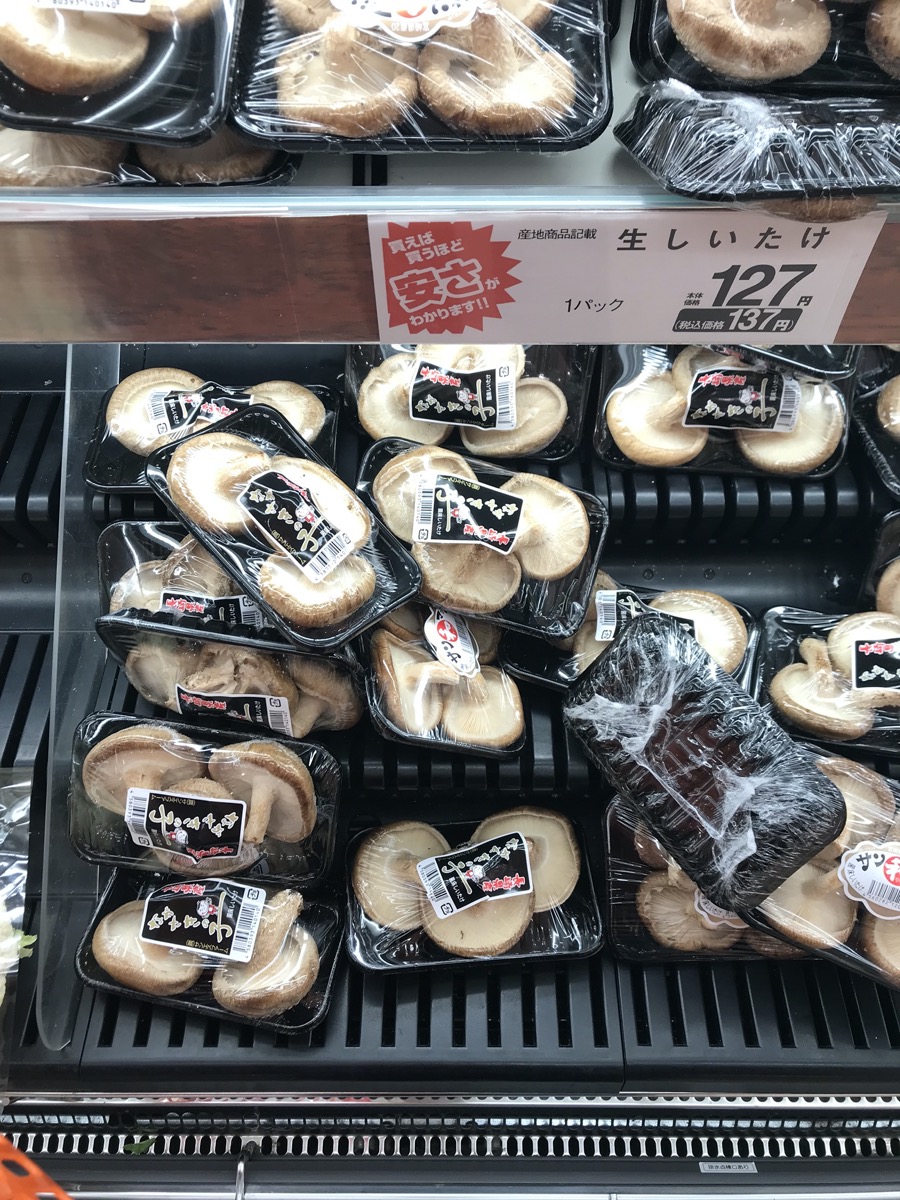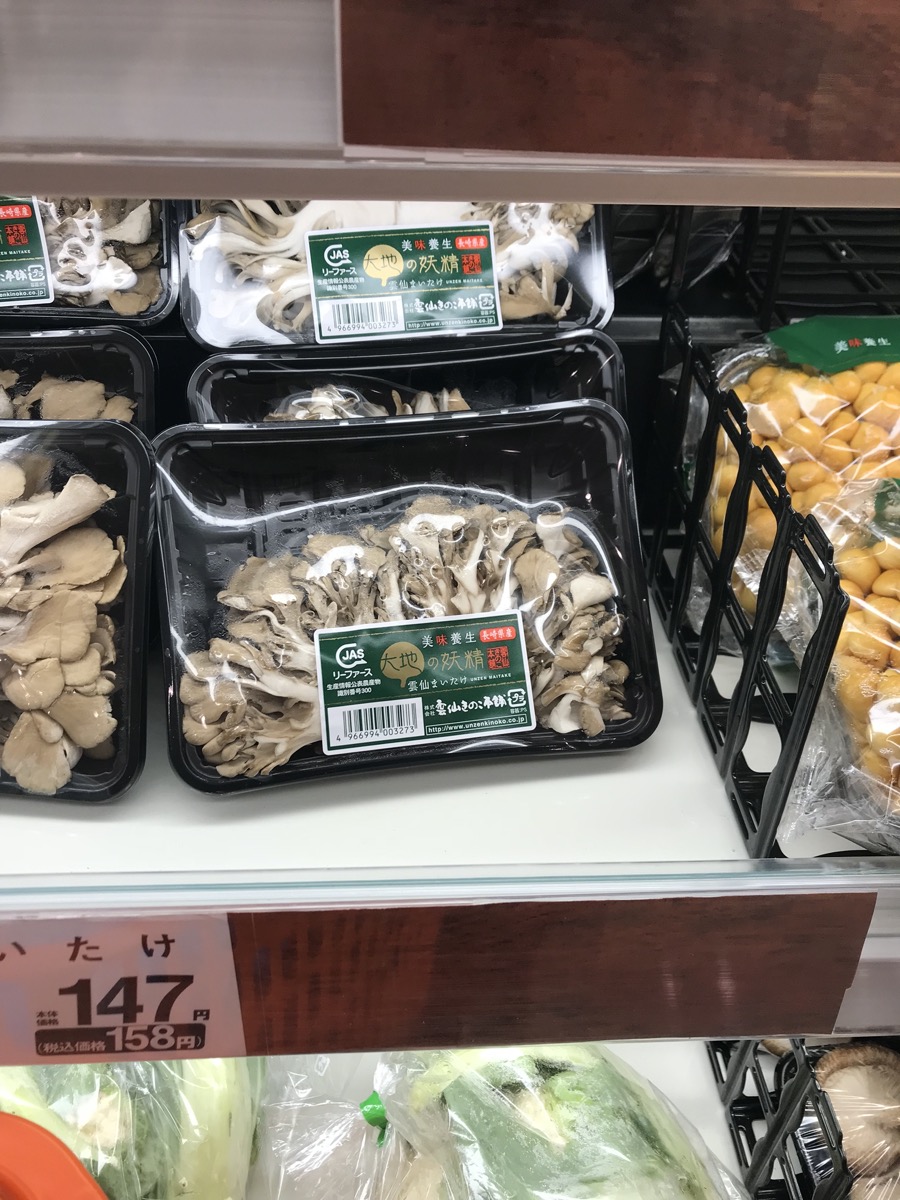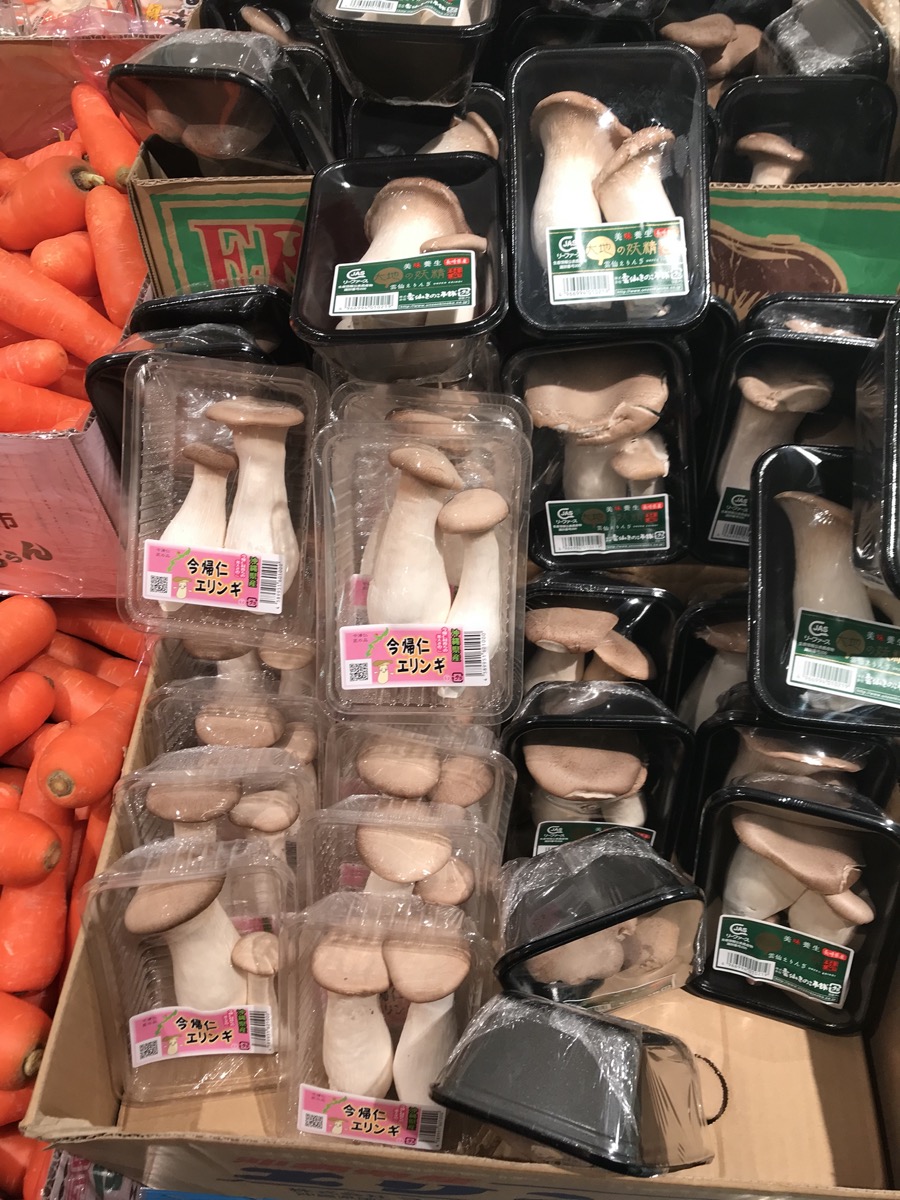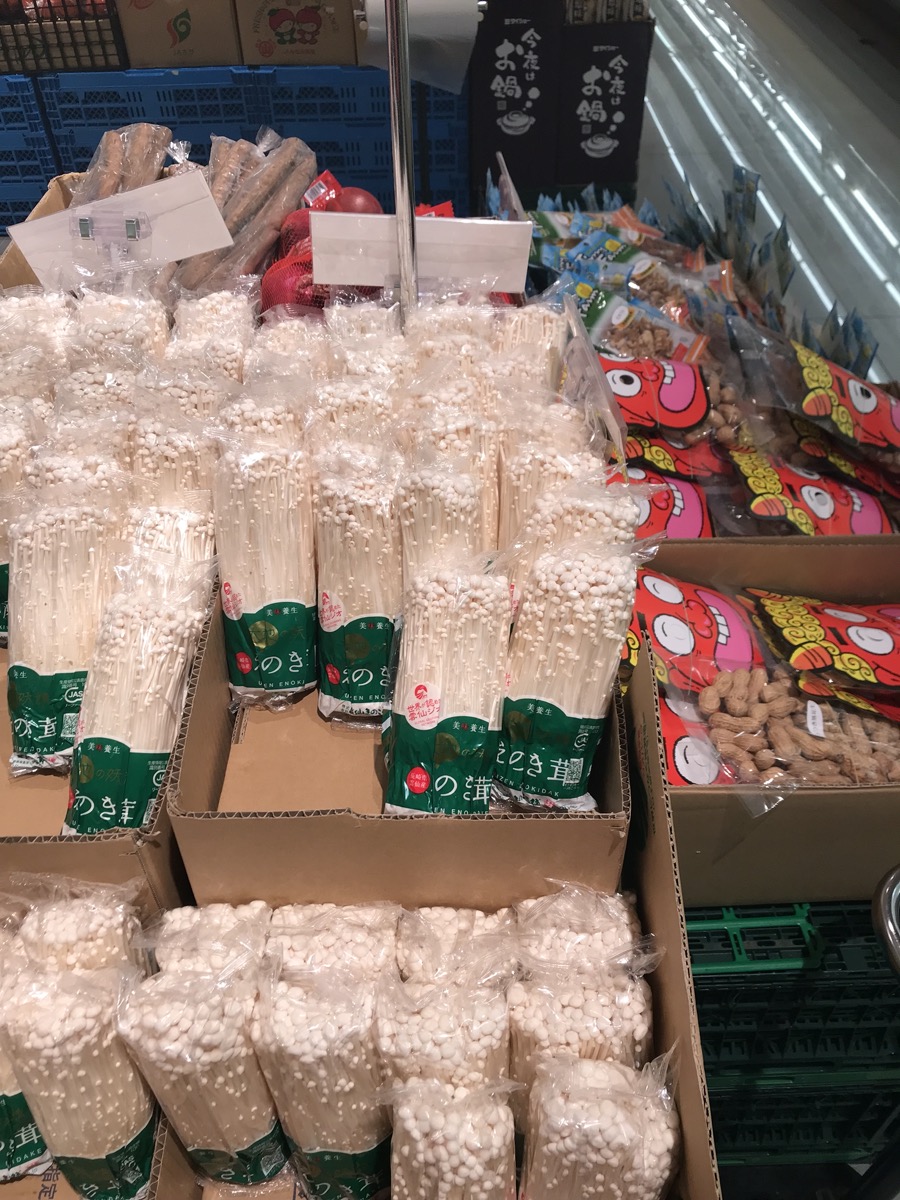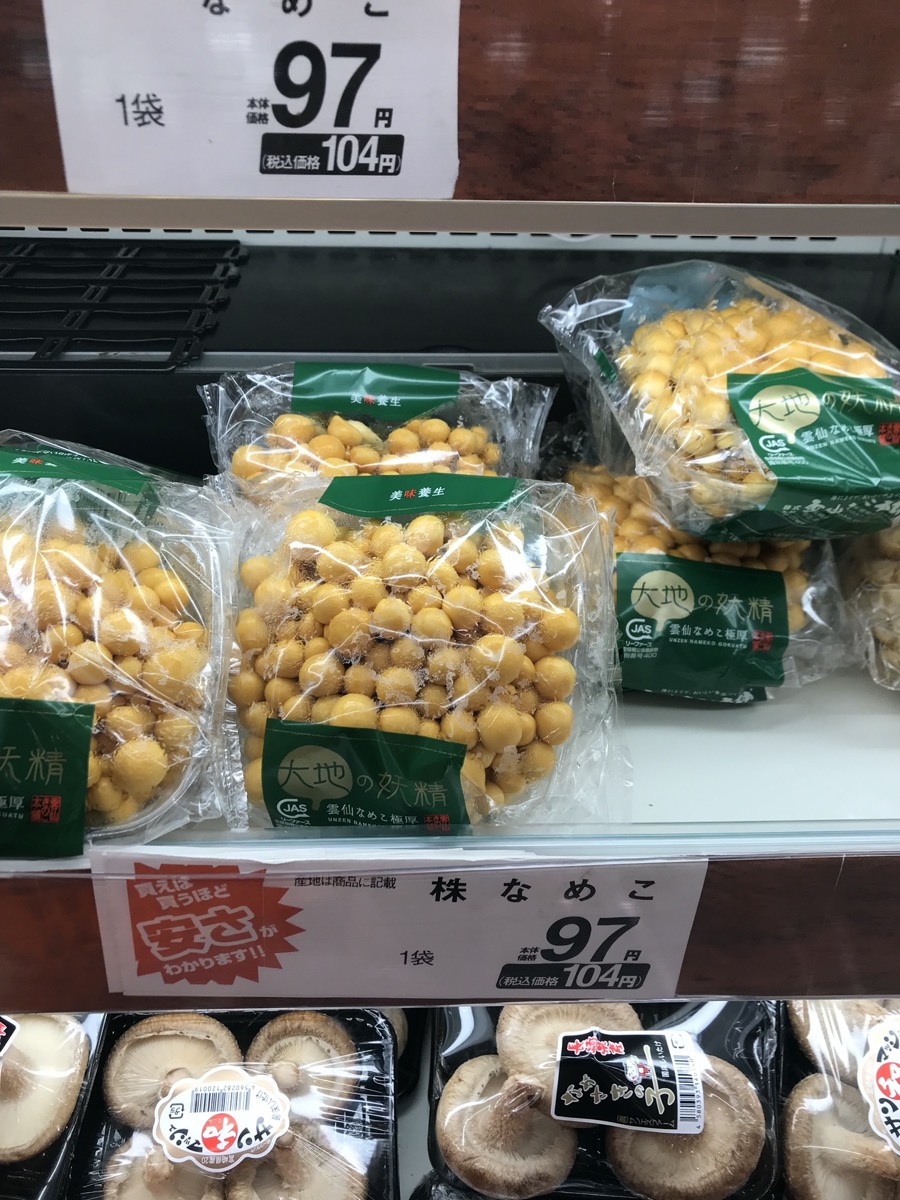北海道くらし百貨店: Hokkaido Kurashi Hyakkaten; basically the name of the shop translates something like “Hokkaido lifestyle and department store”
I heard a rumor that Sapporo Drug (サツドラ “satsudora”) on Kokusai-dori in Naha had Hokkaido craft beers. This sounded a bit odd, but it caught my interest, and honestly alcohol sold in a drugstore is not unusual. So I explored the next time I was in Naha.
Turns out, it is not the Sapporo Drug itself, but if you go inside the Sapporo Drug there is a staircase leading to a bright and clean second floor… this is where the Kurashi store is located!
I was surprised, but up we went to check it out. It is kinda like a big Hokkaido omiyage store! Apparently it is not nearly as big as the one in Hokkaido, but I was still impressed with all the variety it carried. There were lots of Hokkaido foods, drinks, and other goods to choose from. They even had huge frozen crabs! There was also a restaurant serving some various Hokkaido dishes.
What did we end up buying? Well, craft beer, apple cider, some miso ramen, and yogurt. I probably could have spent a lot more though.
If you live in Okinawa, you should definitely check out this store and try some of the great products from Hokkaido.
address: https://goo.gl/maps/J69MLHcYDEm
